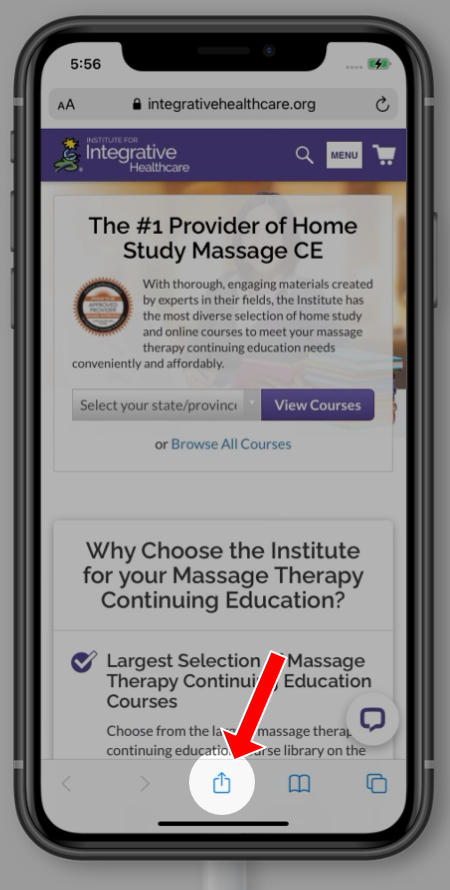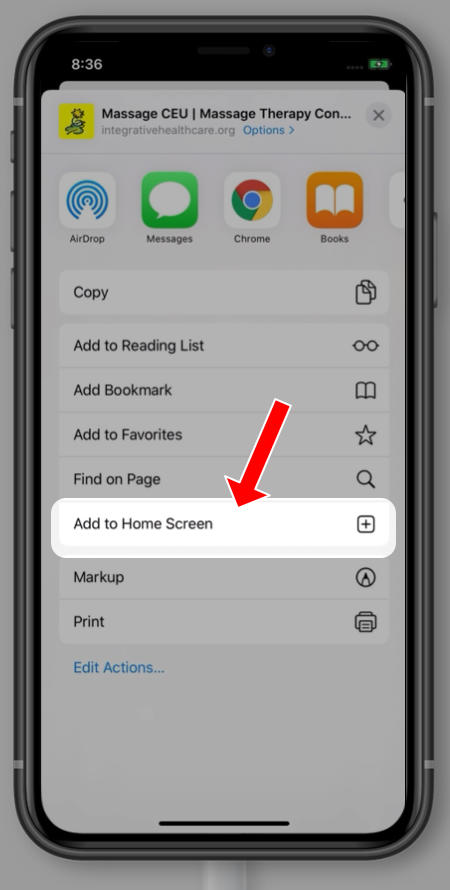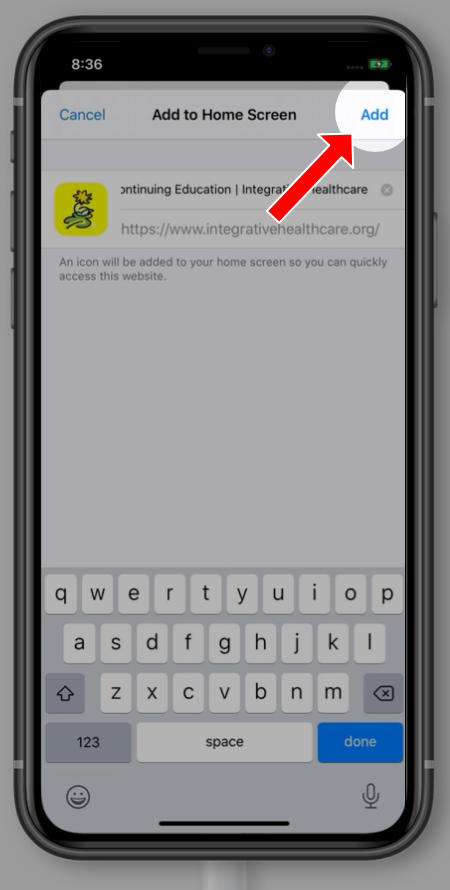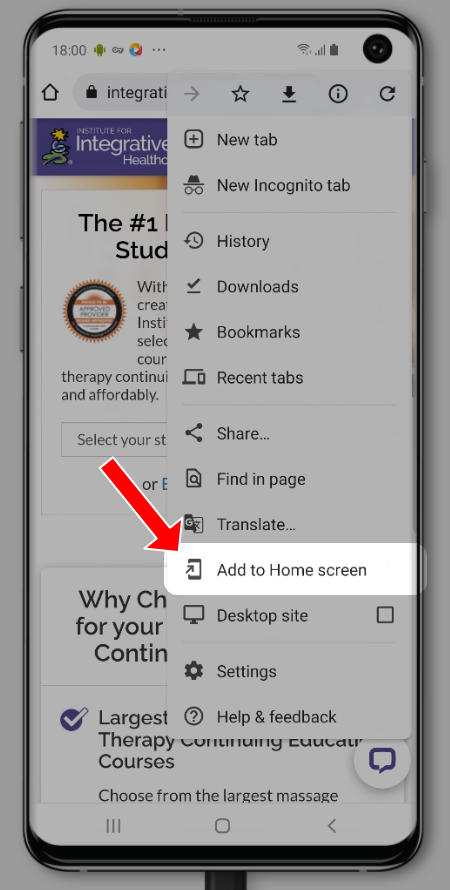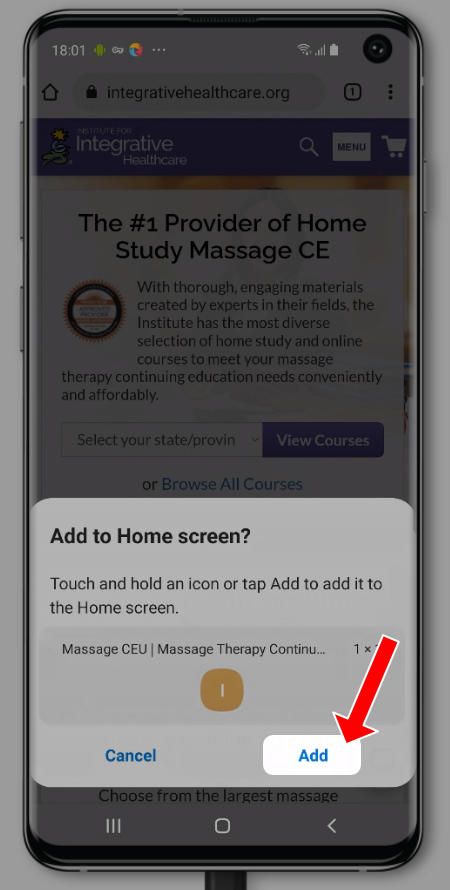

![]() Want to earn continuing education credit for this article? Learn more.
Want to earn continuing education credit for this article? Learn more.
Understanding Massage Burnout
Burnout is more than being overworked. Burnout is a feeling of intense, long-term exhaustion and hopelessness, caused by exposure to relevant stress. Symptoms include emotional exhaustion, alienation from job-related activities, and reduced performance to name a few. Massage burnout, in particular, can be intensified by repetitive physical stress, emotionally demanding client interactions, and the pressure of maintaining professional standards over long periods.
According to the Mayo Clinic, you may be experiencing burnout if:
- Have you become cynical or critical at work?
- Do you drag yourself to work and have trouble getting started once you arrive?
- Have you become irritable or impatient?
- Do you lack the energy to be consistently productive?
- Do you lack satisfaction from your achievements?
- Do you feel disillusioned about your job?
- Are you using food, drugs, or alcohol to feel better or to simply not feel?
- Have your sleep habits or appetite changed?
Volume of work or number of hours put in at work is only one contributing factor of massage burnout. The real culprit for massage burnout is often the frustration and anger we experience when we lack control, face unclear job expectations, lack social support outside of work, or encounter dysfunction in the workplace via misaligned values and/or people.
Frustration leads to anger, which leads to self-destructive behavior. While getting help learning to manage stress, developing social support, and engaging in regular exercise go a long way in managing the stress that results in burnout, there are two bigger tools: learning to set and maintain boundaries, and personal goal setting. Mindfulness practices and structured self-care routines also play a significant role in protecting against massage burnout, as evidenced by multiple studies tracking therapist well-being over time.
Boundaries Defined
As a massage therapist, we have heard about boundaries that must be maintained between the client and ourselves – or professional boundaries. Personal boundaries can be a bit more difficult to establish and maintain, especially when we are not in the habit of using them; and, more to the point, when the people in our lives are not in the habit! Establishing clear personal and professional boundaries is one of the most effective ways to prevent massage burnout.
Setting personal boundaries only begins with saying “No,” and meaning it when we are asked to do something that does not serve us. In our personal lives, setting boundaries can include asking for what we need emotionally from those close to us, addressing bullying from those who feel it is okay to walk all over you, and limiting time with people who drain your energy. Research highlights that consistent boundary-setting can reduce emotional exhaustion and improve overall satisfaction with work and life.
Professionally, setting boundaries can mean limiting the number of appointments or hours we work each day, navigating competition between therapists, and handling difficult clients who push beyond your ability to comfortably accommodate them. Studies indicate that therapists who enforce clear professional limits experience less massage burnout and fewer physical injuries over time.
When you first begin setting limits and boundaries on what you are willing to do for others, be aware that there will be push-back and be prepared for it. Those who are used to you being a doormat are naturally going to object to you suddenly refusing to do for them and they will use all kinds of tactics to keep things the way they are – because the status quo works for them. When those around us begin to push back and question your boundaries or your right to set them, here are a couple of things to remember:
- Do not justify your limits. If you are drawn into a debate over your boundaries, you will lose the right to total authority over yourself. Just say: “I am sorry but I cannot work overtime for you today.” Do not get into a debate about why you cannot work overtime, what you are doing after work that is more important than their needs, or if the client’s need is greater than yours. You are a grownup and you have the right to decide if you can or cannot stay late today.
- Make a commitment to put your needs first. Women especially tend to keep putting off their own self-care to-do items (doctor visits and workouts) in order to take care of everyone else. This is not sustainable. Studies show that prioritizing your own well-being and scheduling consistent rest and recovery directly reduces massage burnout symptoms.
- Talk to men outside the field. Develop relationships with men who do not work in the “helping professions.” Nothing will open your eyes to clear and solid boundaries like successful men in male-dominated fields. It cannot be stressed enough how enlightening it is to speak with a self-employed tradesman or a mid- to upper-level executive; their attitudes and viewpoints demonstrate the extreme of what clear boundaries look like!
Personal Goal Setting
The other big contributing factor to burnout is a lack of direction. If you do not know where you are headed or what you are trying to accomplish, then how can you know what you should be doing? And if you are adrift, then a more driven and directed person will no doubt tell you! When you have no direction, it is extremely easy to get pushed and pulled in the energy currents of those around us, both at work and at home. Goal setting is a critical strategy to prevent massage burnout, as it gives clarity and control over your actions.
Ask yourself some questions:
- How do you want to live your life?
- Review your relationships. Which do you want to keep? Which can go? And which need work?
- What makes you happy?
- What do you want to accomplish in your career?
Set some clear goals in each area of your life. Then, examine the calendar for the past month. Are your actions in line with your goals and dreams? Are the things you are actually spending time doing every month in line with what you want to be accomplishing? If not, why are you not living in line with your desires?
Additional Strategies to Reduce Massage Burnout
Self-Care Practices:
- Peer Support: Massage therapists who connect regularly with colleagues report lower massage burnout and higher job satisfaction. Consider mentorship or small peer groups to share experiences and strategies.
- Mindfulness & Recovery: Mindfulness meditation, deep breathing, and scheduled rest breaks are proven to reduce physical and emotional fatigue.
- Self-Assessment Tools: Use the Well-Being Index or similar surveys to monitor stress and detect early signs of massage burnout.
Organizational & Structural Approaches:
- Compassionate workplaces with peer support reduce burnout risk.
- Flexible schedules and balanced client loads protect against physical and emotional fatigue.
- Technology solutions like digital documentation and scheduling tools can reduce administrative burden, freeing energy for client care and self-care.
Practical Integration Tips:
- Schedule weekly peer or mentor check-ins to discuss stress management.
- Track energy levels before and after sessions to identify high-stress patterns.
- Add one new self-care technique per week (mindfulness, journaling, or restorative exercises).
We are all guilty of complacency from time to time. Almost no one is strong enough to be 100% driven, 100% of the time. But when we find ourselves living in, or headed toward, burnout – it is time to step back and evaluate how we got there. Self-care is exactly that, caring for one’s self. By being proactive in planning our careers and planning our lives, we take responsibility for ourselves and rediscover our passions. Integrating mindfulness, peer support, and structured recovery practices alongside personal goal-setting further strengthens resilience against massage burnout.
Originally posted May 2014. Updated November 20, 2025.
Earn continuing education credit for this article contained in our Health Maintenance – Body & Mind series. Click here to enroll.





